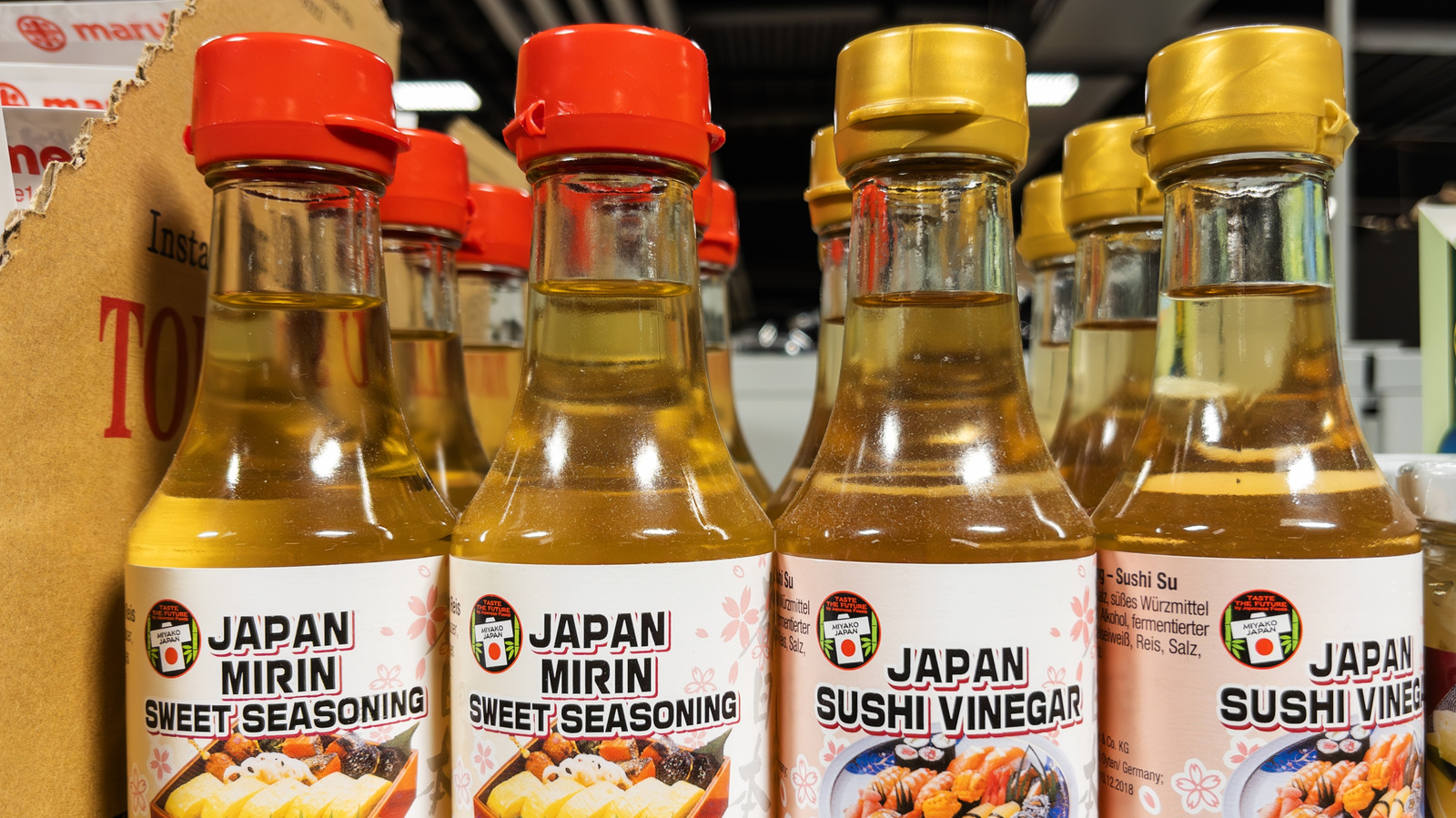
"Mirin pours out golden and viscous, with a gentle sweetness and a subtle warmth that hints at sake. Its aroma blooms into a faintly floral, softly alcoholic note, deepening over heat into caramel and toasted grain."
"Rice vinegar is clear, light, and sharp. Its acidity snaps, pulling flavors into focus and cutting through rich, umami flavors."
"Japanese cooking values subtlety and precision, with a focus on bringing out the best in each ingredient. Seasonings are carefully chosen and applied to amplify the natural character of vegetables, fish, or meat."
"Both mirin and rice vinegar are fixtures in Japanese kitchens, reflecting a broader culinary philosophy that centers on clarity, balance, and depth."
Rice is a staple in Japanese cuisine, integral to meals and culture. Cooked rice, or 'gohan,' signifies meal and serves various culinary roles, including in onigiri and sake. Essential seasonings like mirin and rice vinegar arise from fermentation, essential to Japanese cooking. Mirin provides sweetness while rice vinegar delivers acidity, enhancing flavors without overwhelming them. The careful use of these ingredients reflects a broader culinary philosophy focused on precision and balance, emphasizing the natural character of core ingredients in Japanese meals.
Read at Tasting Table
Unable to calculate read time
Collection
[
|
...
]